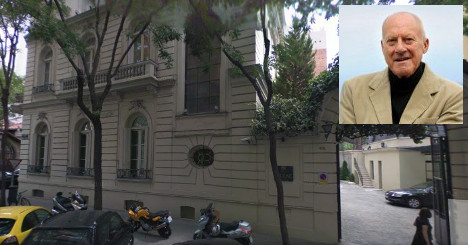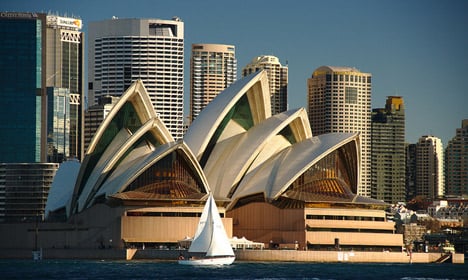Foster, famed for his design of emblematic London skyscraper “The Gherkin”, has scrapped plans to move his foundation from the UK capital to a protected mansion in Madrid.
“The reasons behind this decision are private,” a spokesperson for the architect told The Art Newspaper.
But both local and international media sources are reporting that rather than confidential, the motives were personal.
Online Spanish newspaper VozPopuli claim to have spoken to someone present at the plenary session where Foster voiced his discontent.
“This has to be like this, this has to change, not this,” was how the source reportedly described the scribbles all over Foster’s remodelling proposal made by Madrid’s historic preservation commission.
The building, in the capital’s upmarket neighbourhood of Chamberí, was bought by Foster for €9 million.
“It’s a balls-up by the state,” the source told VozPopuli.
“For a civil servant to treat such a high-profile figure in the architecture world with such peevishness, someone who’s come to set up his foundation in Madrid and nowhere else in the world, and that the building actually belongs to him! There’s no word to describe it.
“When we saw that (the scribbles), we knew Foster was out.”
Madrid authorities originally approved Foster’s proposal to transform the historic mansion into a headquarters for his foundation where he would exhibit much of his contemporary architecture and design work.
The British architect, originally from Stockport, made changes to the project soon after, a decision which was voted down by the entire preservation commission.
Not a single Spanish news outlet has applauded their decision
Foster already has a studio in Madrid and designed the Torre Bankia, one of the four skyscrapers which stand out from a distance in the city’s skyline
He has been married to the Spanish gallery owner and publisher Elena Ochoa since 1996.
Don't miss stories about Spain, join us on Facebook and Twitter.



 Please whitelist us to continue reading.
Please whitelist us to continue reading.
Member comments